Florida’s Blue Heron Bridge has left me with a love of shore diving like never before! Mud, beaches, wrecks, artificial reefs and small critters galore. No matter where you choose to dive under Blue Heron Bridge, there is so much to see, explore and photograph.
As one of the sunshine states best shore diving destinations, Blue Heron Bridge offers some of the best diving in the country.


Blue Heron Bridge is found in West Palm Beach; a vibrant and dynamic waterfront city located a mere hour and a half from Miami.
The beach and shore diving site, are one in the same, nestled along the edge of Phil Foster Park, a beautiful patch of green space on Singer Island. The park itself is situated along the Intracoastal Waterways (IWC), a 4,800 kilometer stretch of US inland waterways running from Boston, Massachusetts to the southern tip of Florida and then Gulfward to Brownsville, Texas.
For a first-timer unfamiliar with the area, Blue Heron Bridge can be an intimidating dive site. Where do you go, what can you see, what about the strong current?
Because of the bountiful currents as the water transitions out of the Intracoastal Waterway, the best time to dive Blue Heron Bridge is ½ hour before to a ½ hour after high tide. Diving outside of that window can put you at risk of dealing with heavy currents, and it is strongly advised to check the tide tables while planning your dive. Most dive shops in the West Palm area tend to have a seasonal brochure with the BHB dive times highlighted.

As someone who has spent a few weeks diving at Blue Heron Bridge, you can easily tell when the tide starts to pick up as the visibility deteriorates – pretty quickly.
Because it is a little bit of a swim to get to the favored dive areas under the bridge, what most divers (ourselves included) seem to follow, as a rule of thumb, was to enter the water about an hour before high tide and slowly make their way towards either bridge side.
Important Note: Phil Foster Park is only open from sunrise until sunset. Being in the park, let alone diving is not allowed at any other time unless by a permit from the county. Typically once per month dive shops in the area will organize a free guided or unguided night dive at Blue Heron Bridge. Through these shops, you can obtain a parking permit for the evenings night dive.
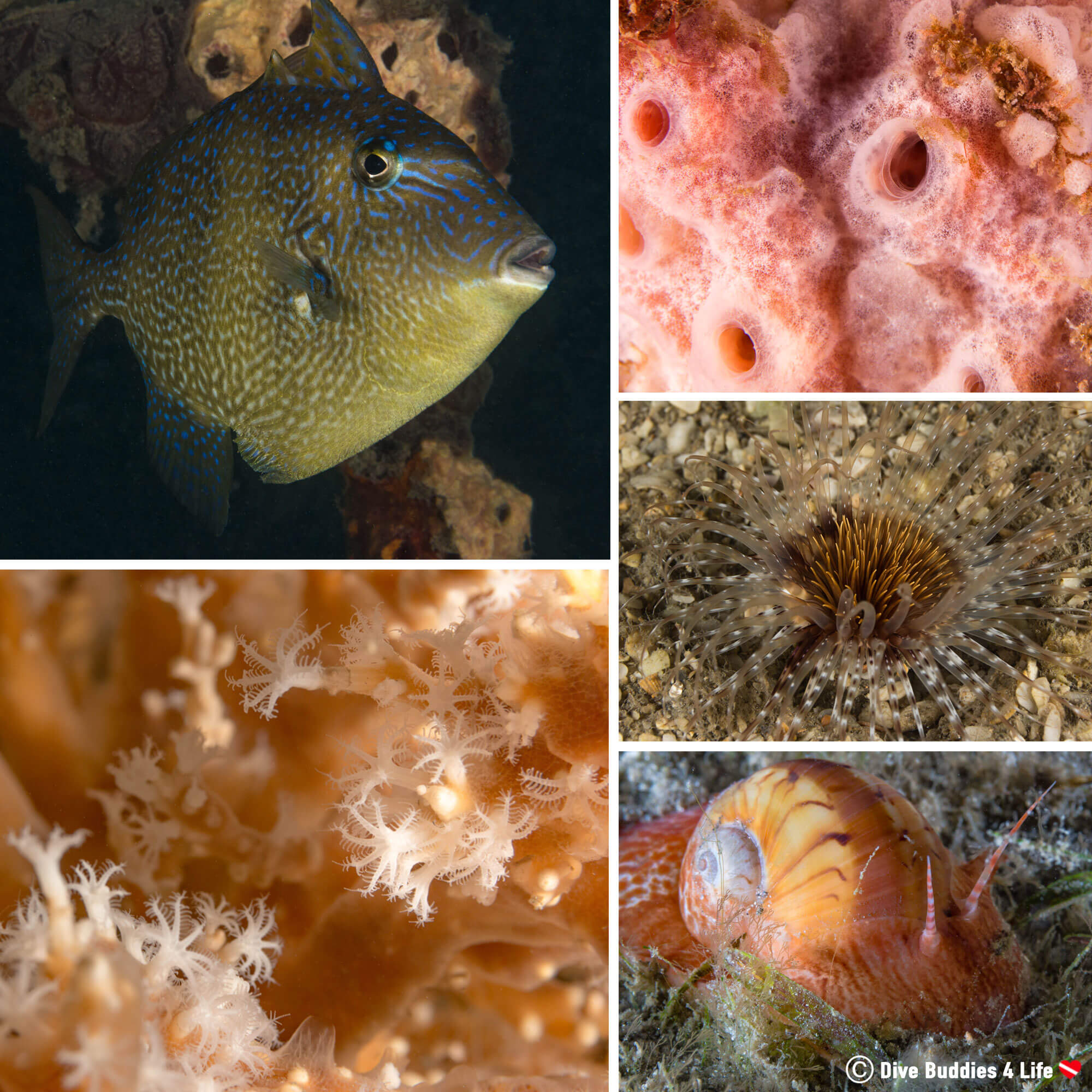
From the moment you pull into Phil Foster Park, you will want to take a left and head towards the underside of the bridge where you will find a sandy beach area, play structure, and outdoor showers (yes divers can use those to rinse). If you arrive early enough, you will get a front row parking space along the beach, if not make sure to park in the designated vehicle parking area. Steer clear of the boat and trailer parking spots.
On the weekend the spots fill up FAST and sometimes the wardens even block the park entrance so make sure you arrive early and give yourself plenty of time to find a parking spot.
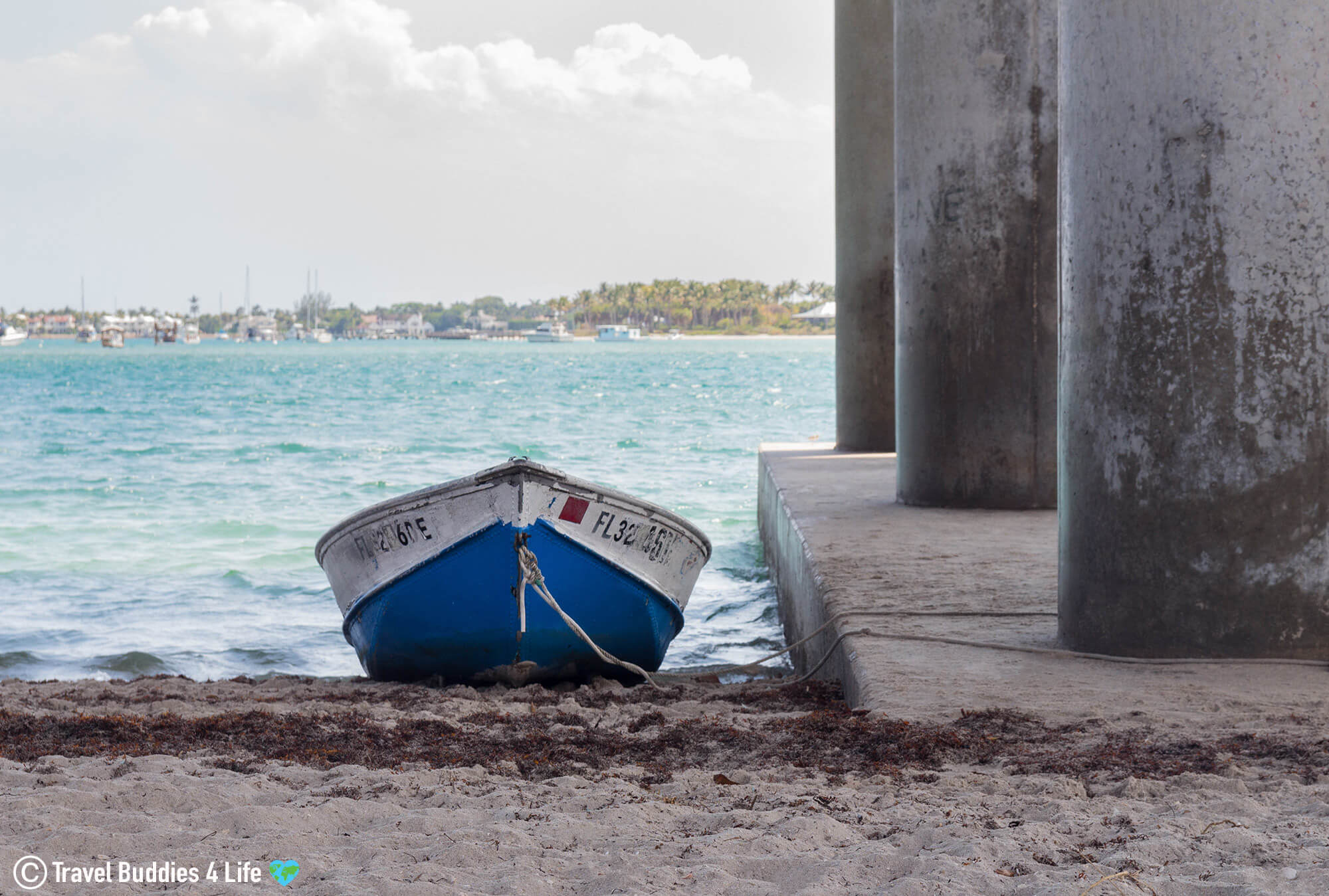
Beyond the obvious sandy beach and amazing waters, the Blue Heron Bridge dive site has a few other perks all within the confines of Phil Foster Park.
The park has an onsite scuba shop (Stuart Scuba) which is perfect for gear rental and last minute tank fills. What’s more, there are also on-site restrooms, picnic tables, BBQ grills and rinse showers, ideal for pre and post dive setup and teardown.
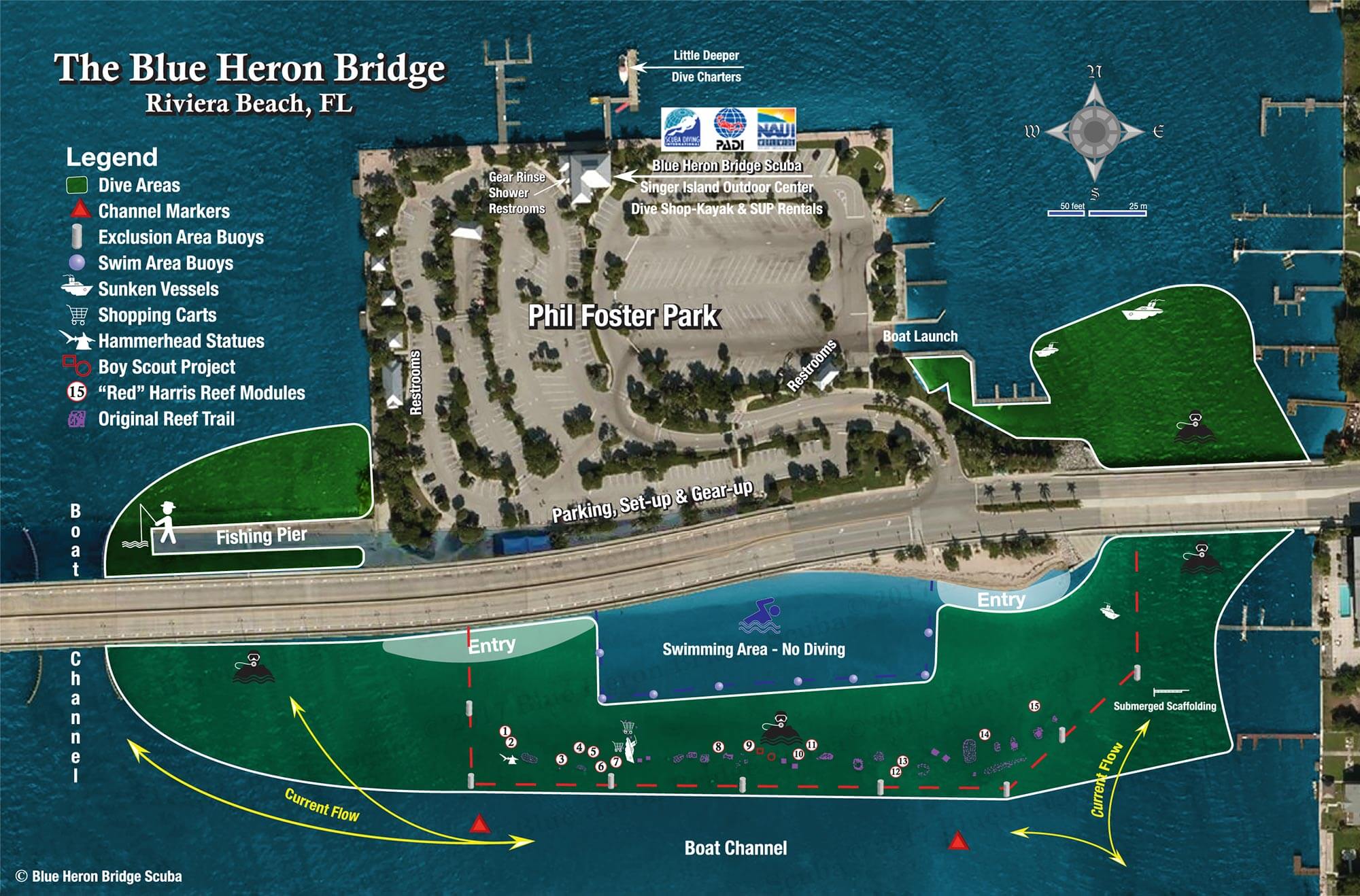
There are many different areas of Blue Heron Bridge to discover and an astounding amount of sea life to go along with it!
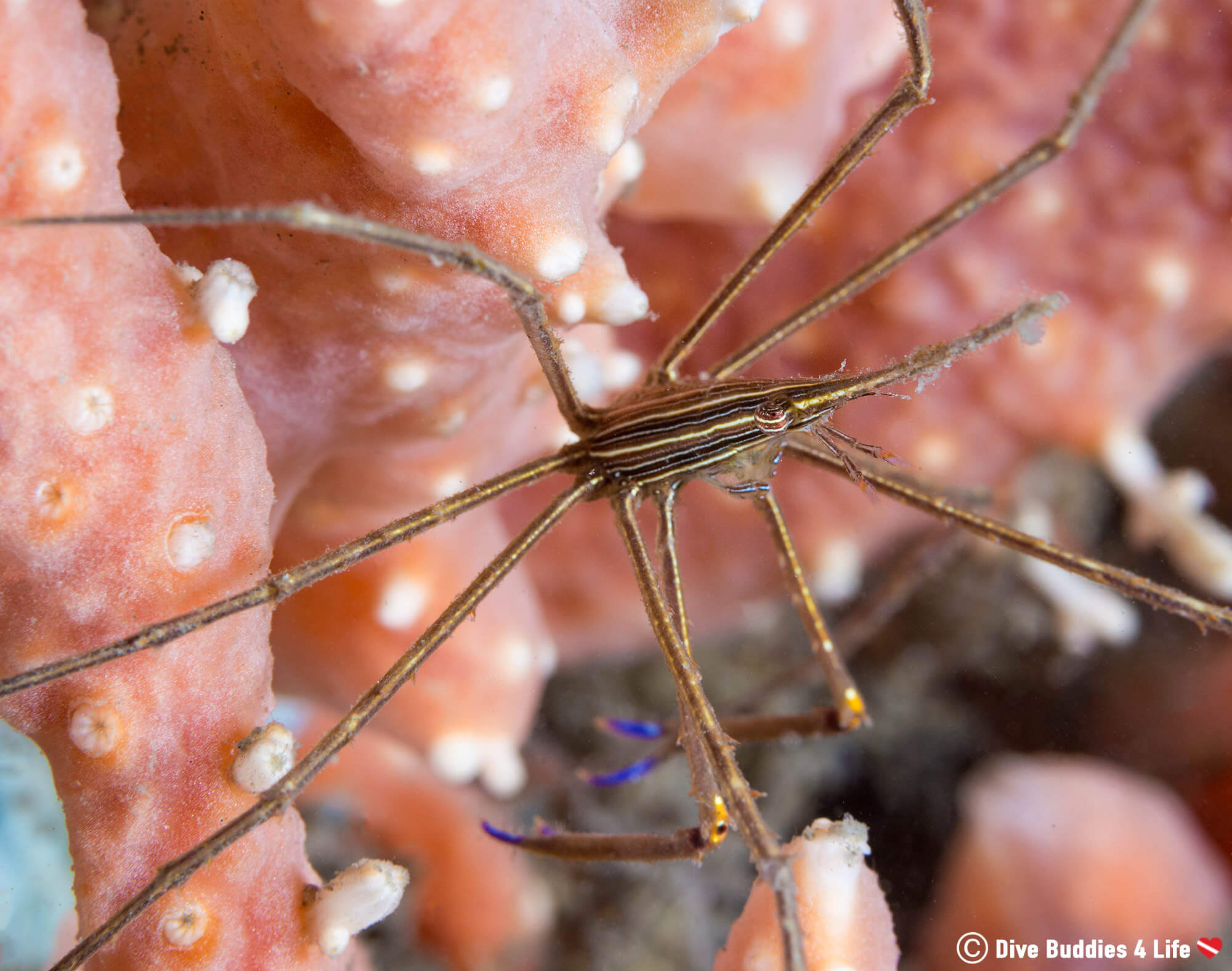
The primary point of entry for the Blue Heron Bridge dive is on either side of the main beach. As a courtesy to those enjoying the beach, divers are asked to try and stick towards the outside, when entering and exiting the water.
The main and arguably best attraction at Blue Heron Bridge includes the small bridge at the southeast side of the park. Here divers can enjoy navigating in and out of the bridge columns following schools of spadefish, grunts, and filefish. This area also has a collection of small submerged wrecks teeming with marine life and plant growth.
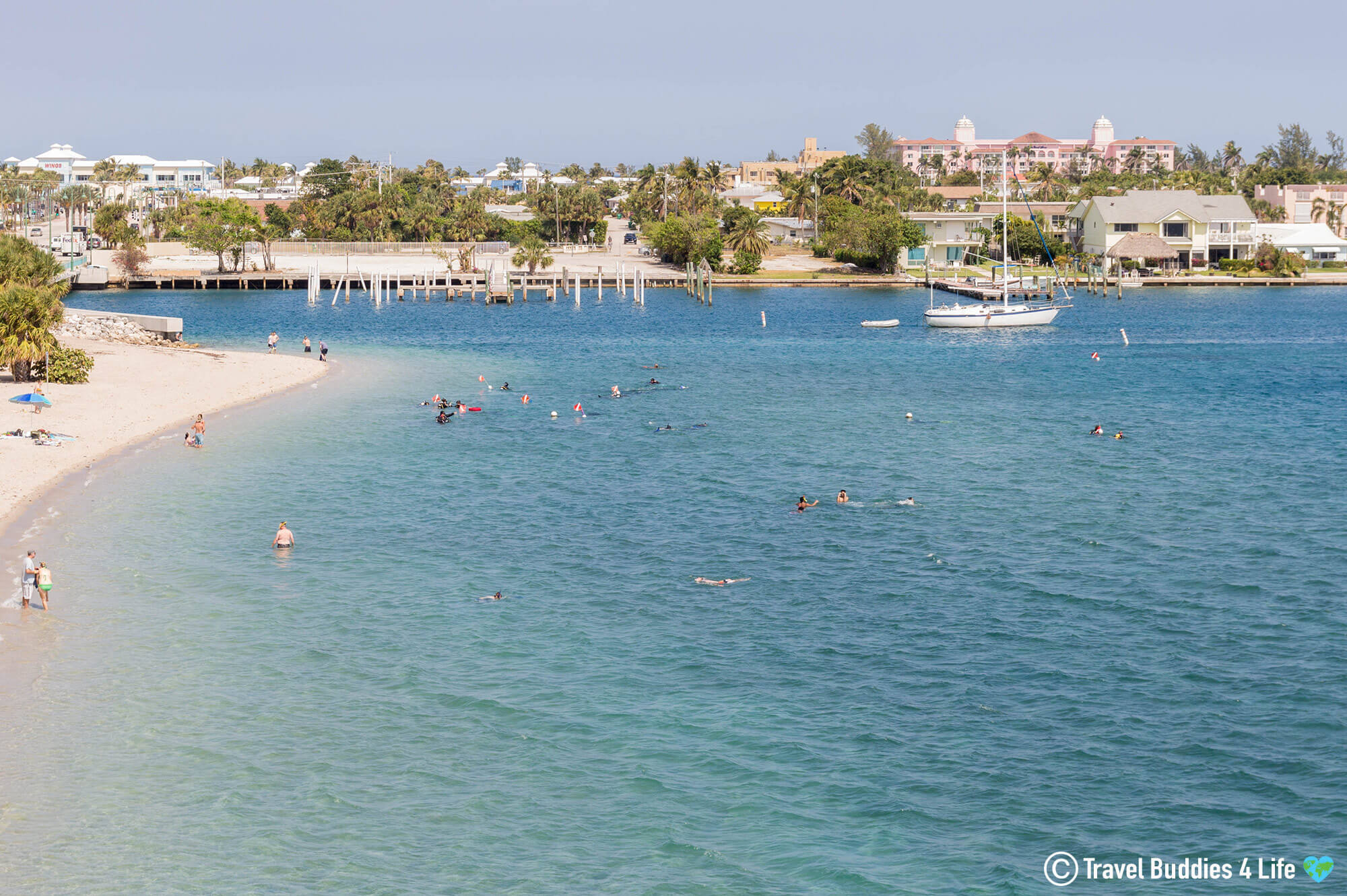
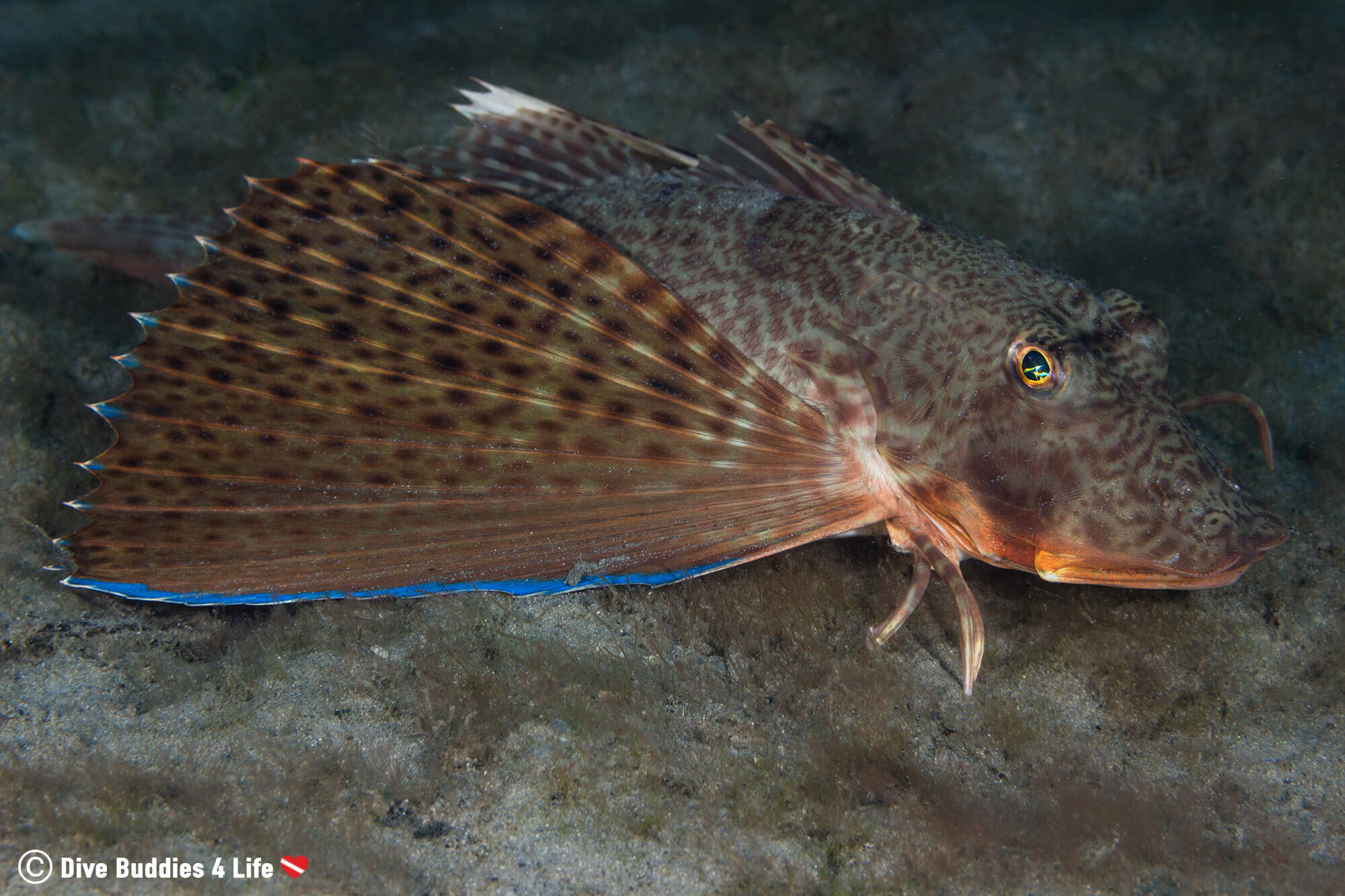
Another dive option is to head to the southwest side and explore the main/larger section of the bridge. This side tapers down to about 6 meters (20 feet) and is one of the deeper parts of the BHB shore dive. Similarly to the southeast side, in this area, you will find a diversity of species around the bridge’s enormous cement columns. This side of the bridge ends in a wood blockade warning divers not to continue into the major boating lane right on the other side of this barrier.
If the southwest and southeast sites don’t interest you, divers can always head along the artificial snorkel trail which runs parallel to the shore near the outer proximity of the swimming area.
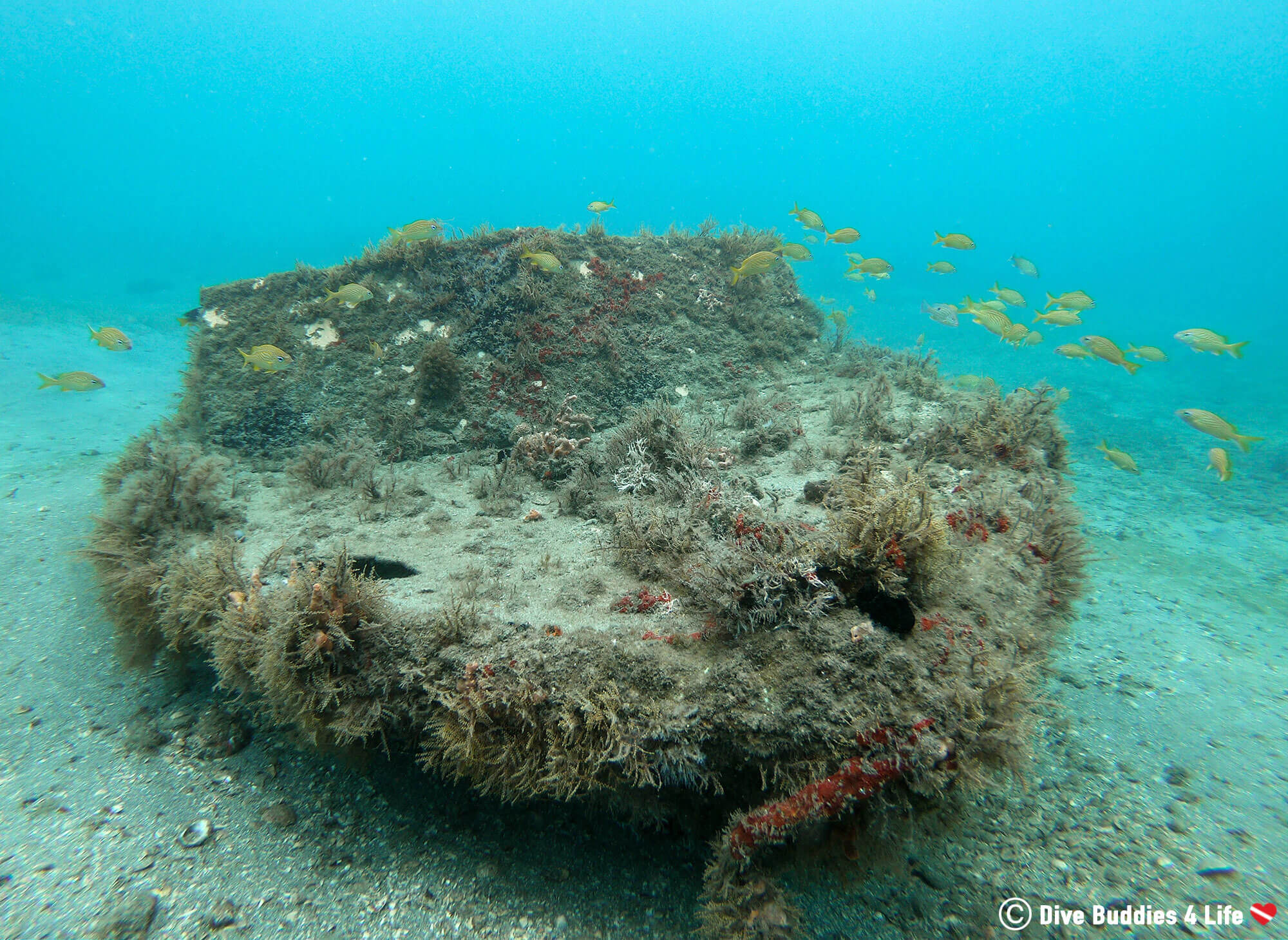
When shore diving Blue Heron Bridge it is always important to keep in mind that the tidal flow can be strong when it is not high slack tide. In addition to this, a very busy boat channel runs just off the shore and under the middle of the bridge; therefore divers are required to tow a dive flag with them and remain inside the buoy markers. Typically on flag per team of divers is sufficient.

Inflatable Dive Buoy with Dive Flag: This 13-inch round inflatable dive buoy is the perfect permanent surface marker for scuba divers. The buoy has a 12 by 11-inch scuba diving flag that can be placed into the inflatable buoy.

When you first put your mask in the water at Blue Heron Bridge, you will see a pretty featureless landscape filled with muck and the occasional area of scattered grass stretching as far as the eye can see. It’s definitely a far cry from beautiful coral reefs Florida is so famously known for.

By training your eyes and slowly moving over the muck, you will quickly discover that searching out movement is how you reveal the macro beauty of the Blue Heron Bridge mucky wasteland. Careful fin kicks and slow propulsion is key to enjoying a decent dive, as the thin layer of sediment on the bottom is easily disturbed.
The clearest water tends to be under the east and west bridges, coincidentally where the water is the deepest (around 6 meters/20 feet). For the rest, the average depth is in the 3 meters (10 foot) range.
In addition to macro animal and bridge columns, visitors can find small wrecks, statues and artificial reefs scattered across the diver/snorkeler friendly area.

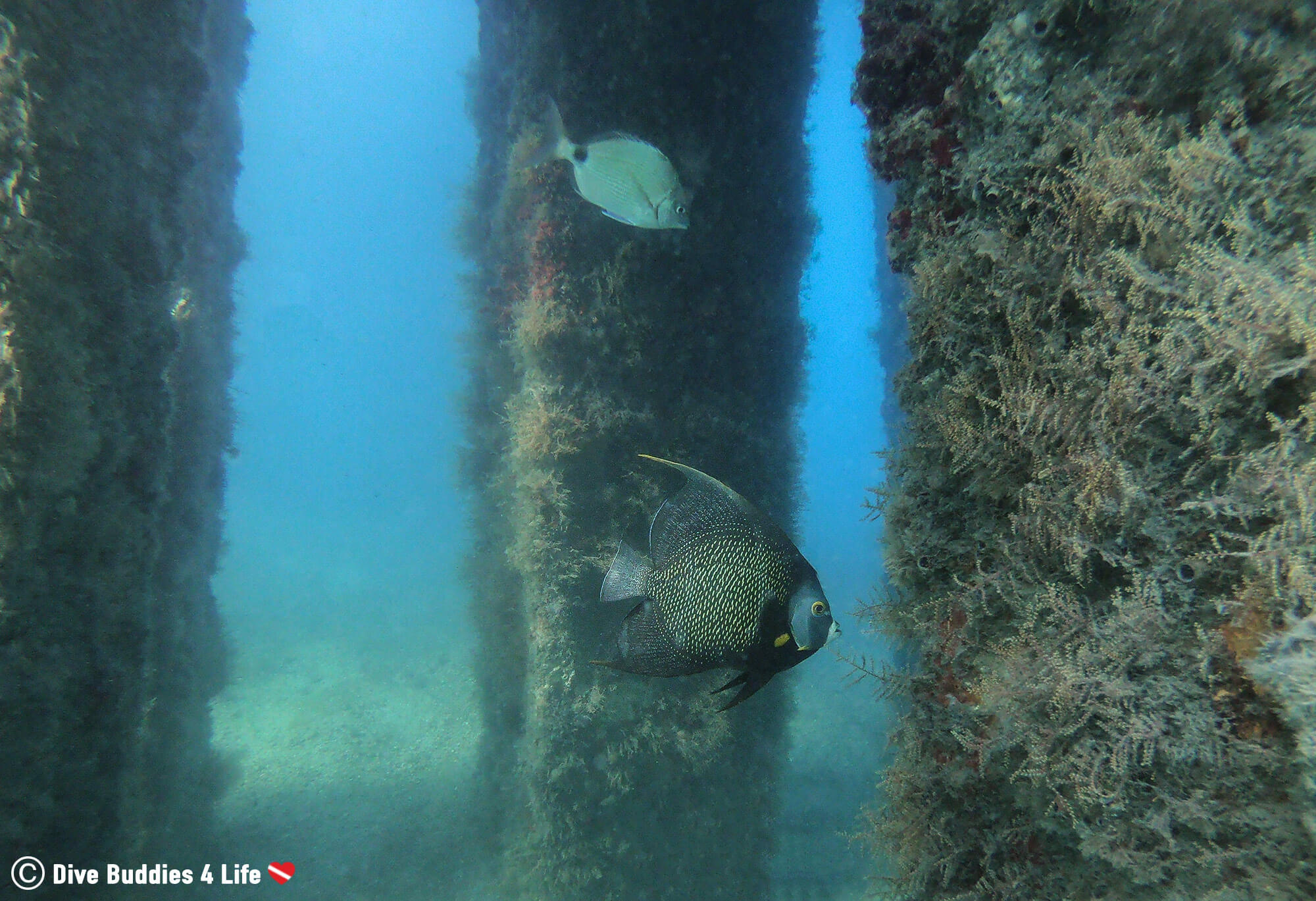
There are lots of animals to be seen underwater at Blue Heron Bridge.
Thanks to the tides and the diverse ecosystem, the Bridge is teaming with an assortment of life in a pretty small area. It’s a macro lovers paradise.
I spotted a number of species I had never seen before outside of an aquarium. From a timid trunkfish who downright refused to smile for the camera to hundreds of shiny french grunts floating along with the current.

There also were lots of different species of crabs, some spiny lobsters, eels, filefish, barracuda, and encrusting sponges. I got some neat photography shots of loads of different things. In fact, on almost every dive we did over the course of our three weeks in West Palm Beach, we saw a different species of animal. Talk about diversity!
We were even lucky enough to come across some of the less common species such as stingrays, octopus and even a couple of mating horseshoe crabs on a night dive. Don’t worry we covered our eyes!
I was really hoping to find the ever elusive seahorse, and we searched high and low, but alas, luck was not on our side.
Of all the new marine species we were introduced to at Blue Heron Bridge, for me, the batfish won the strangest creature prize.
He looks like he’s some weird science experiment gone astray. I can’t decide whether he looks more like a frog or a salamander. Isn’t he so ugly, he’s cute?

Interesting Fact: Batfish are weak swimmers and have adapted for a lifestyle of crawling about on the seabed using their modified fins like legs.
And just because I couldn’t get enough of this mucky macro hotspot here are a few more of my favorite critter shots:

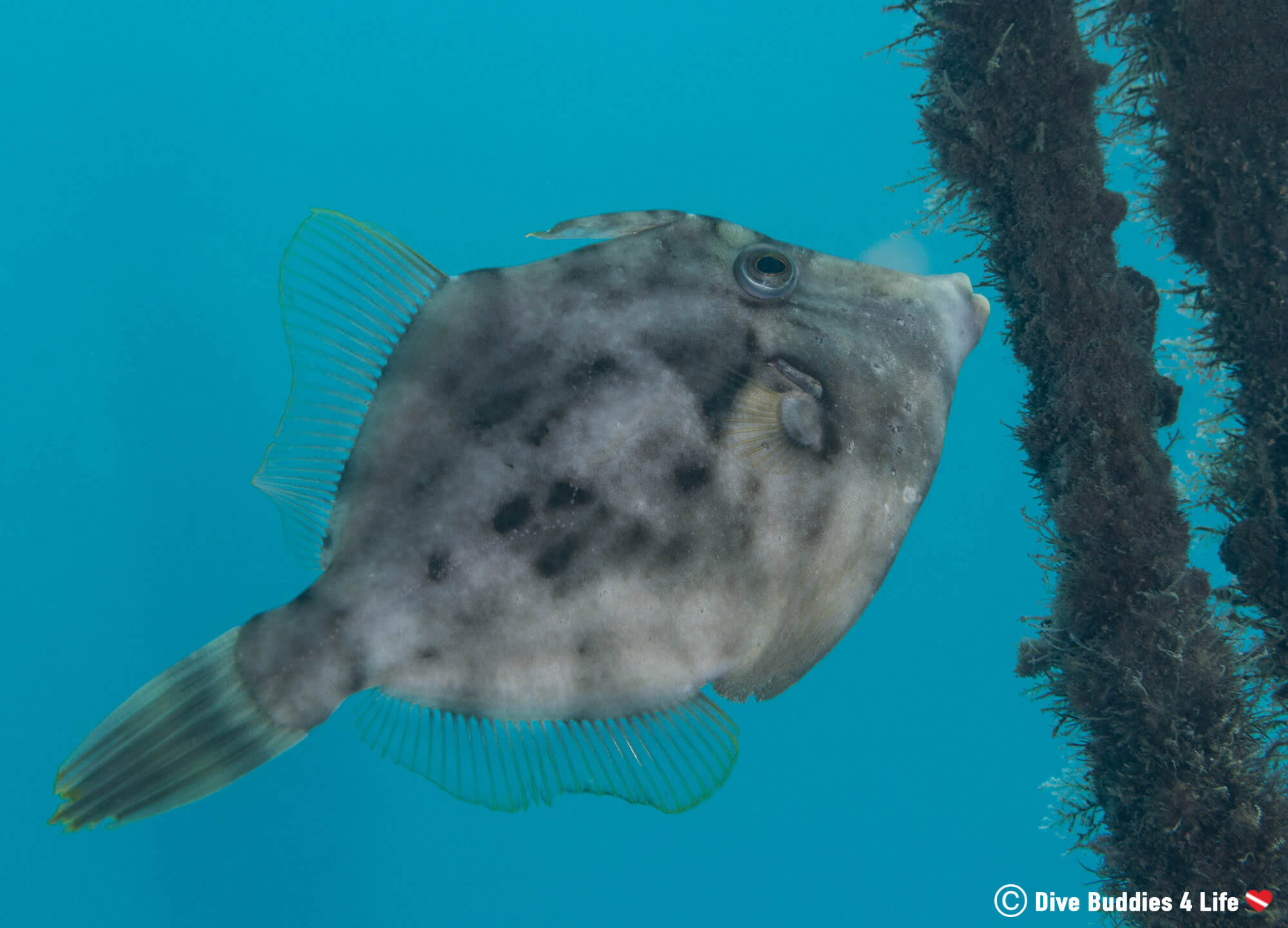
Not scuba certified? No problem! You can snorkel the Blue Heron Bridge too.
Back in August 2012, Phil Foster Park build an 800-foot long artificial reef trail to encourage snorkelers to visit the wonders beneath the water of Blue Heron Bridge. The reef spans around the perimeter of the designated diving region and is made up of more than 600 tons of Anastasia rock boulders. The boulders are scattered in linear clumps between depths of 6 to 10 feet of water.
Now the snorkel trail is home to countless species of marine life, including juvenile tropical fish.
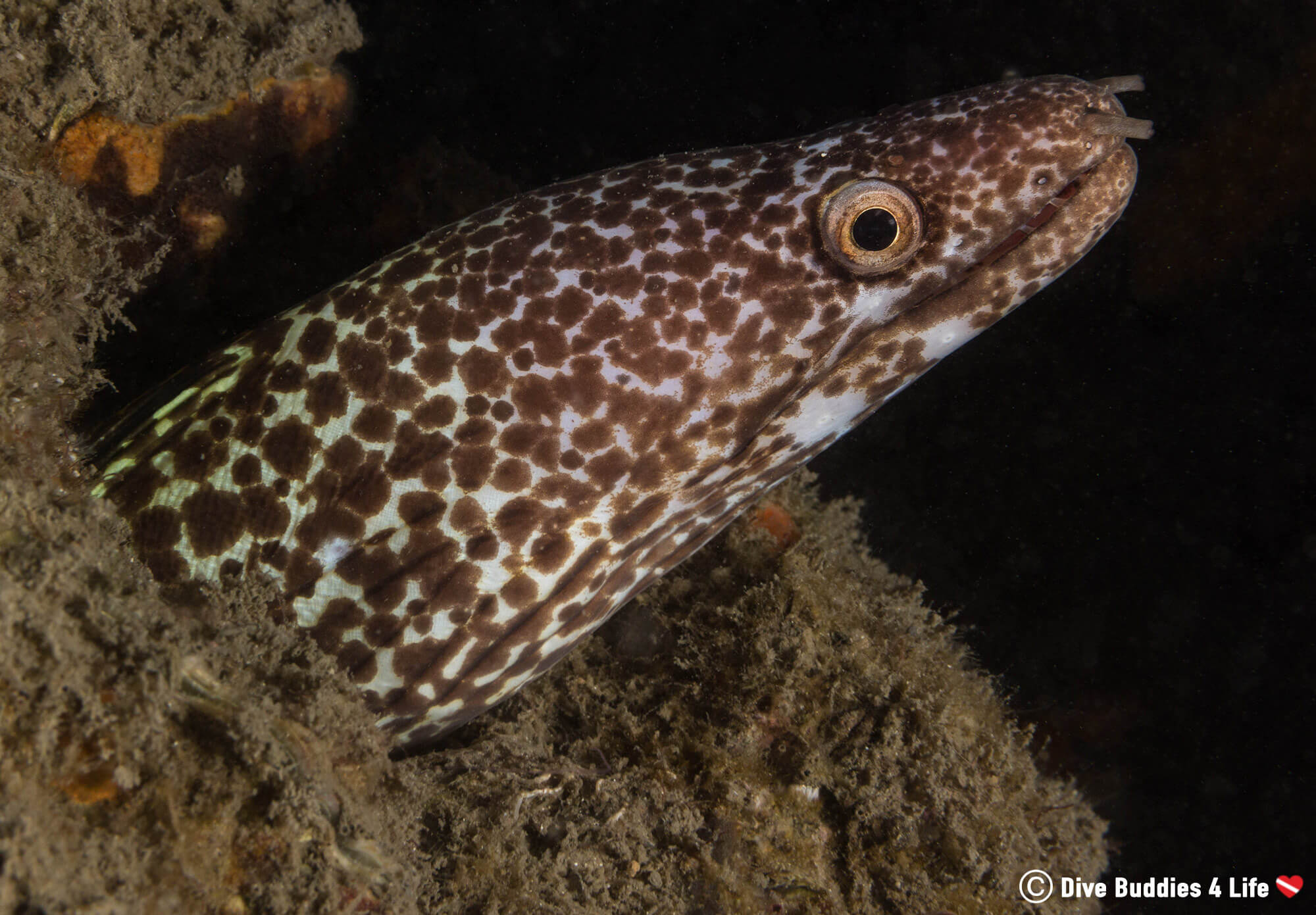
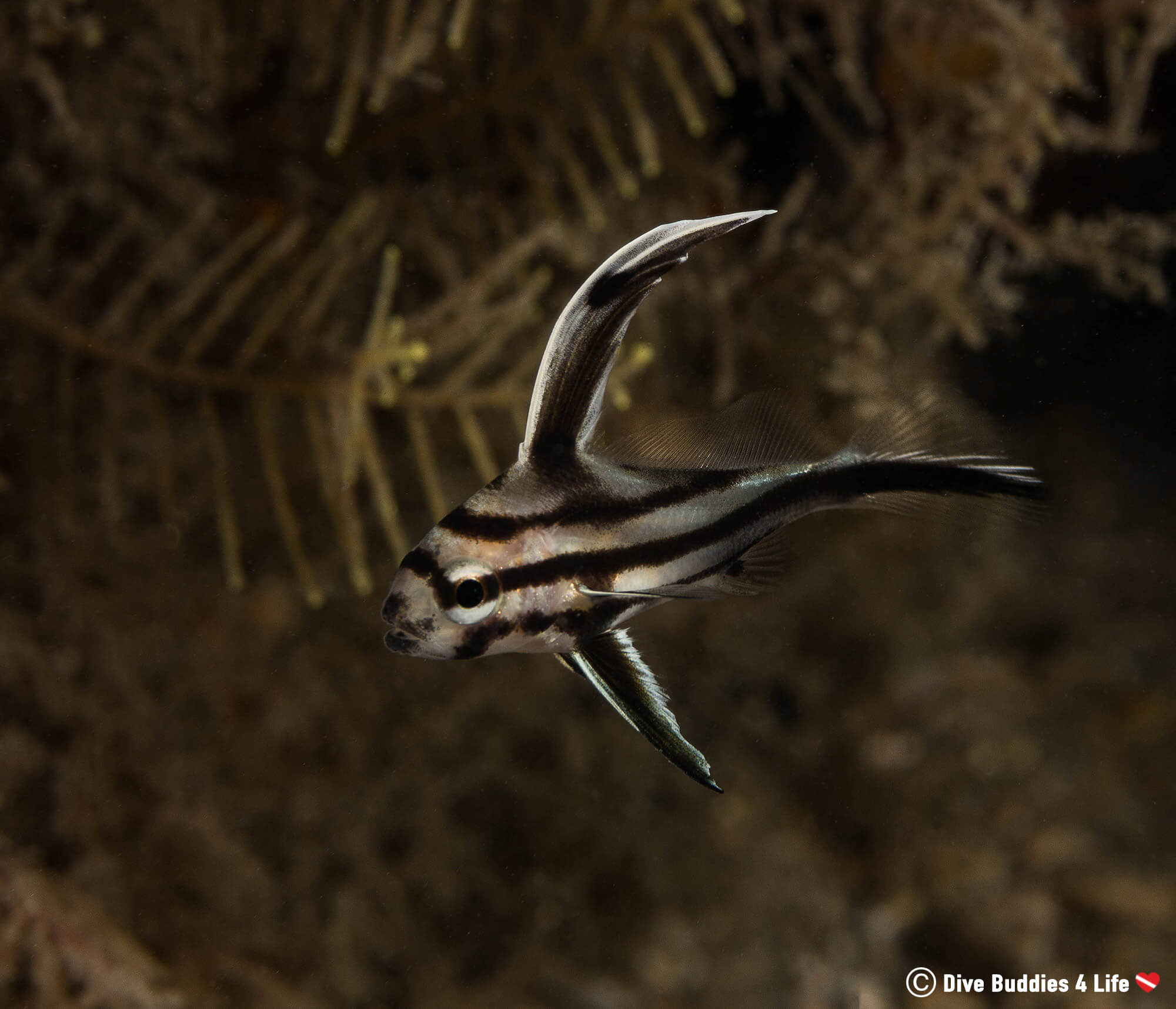
Apart from the artificial reef trail, the bridge area also has a few small wrecks that are shallow enough to be explored via snorkel and some pretty cool looking shark statues!
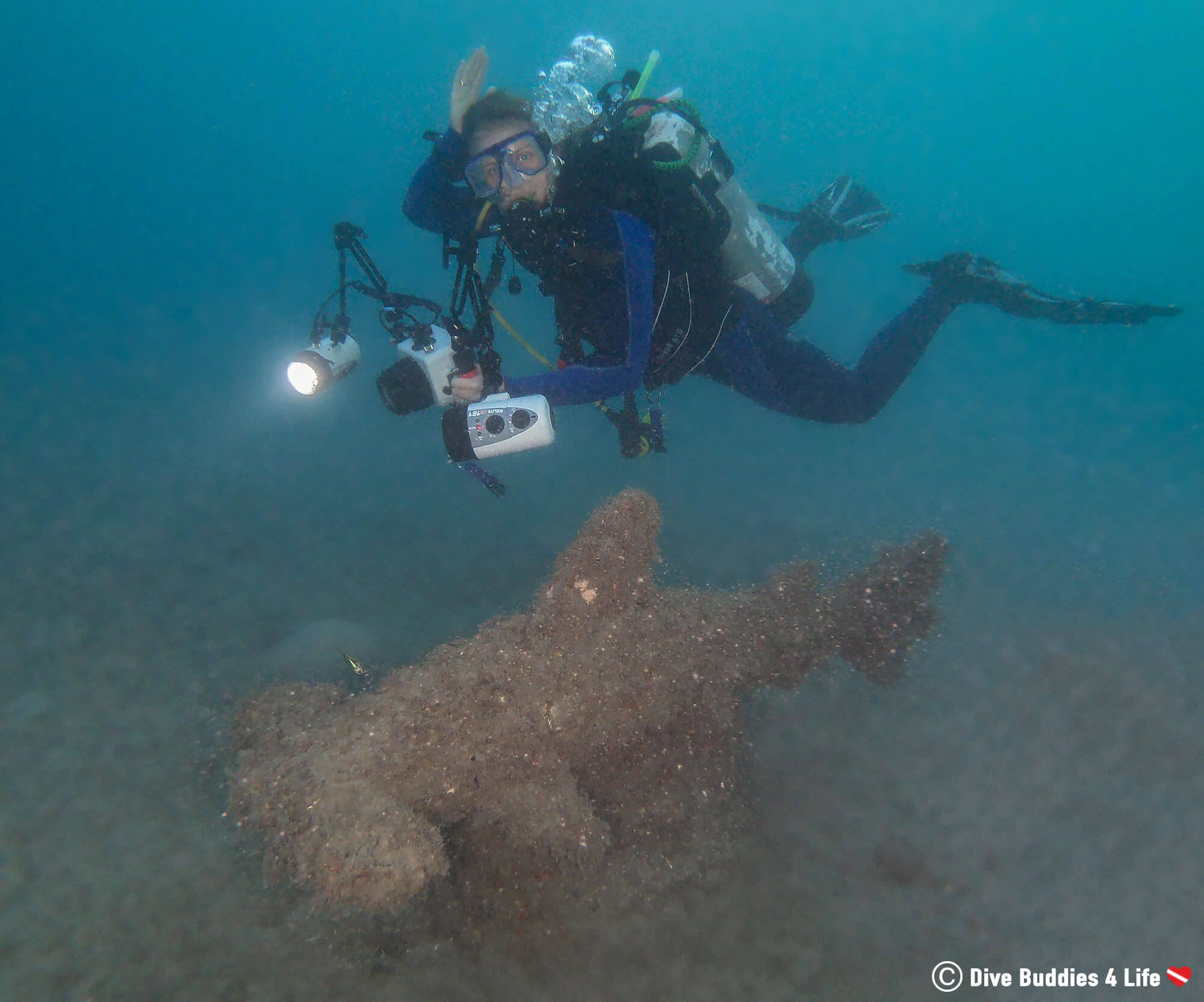
For a couple of cold water divers, shore diving at Blue Heron Bridge is like hitting the scuba diving jackpot.
The dive site is so shallow you can max out your bottom time and stay down for over an hour if your tanks allow it. It’s the perfect place to practice your buoyancy if you are a beginner, work with a camera if you are a photographer and find an exorbitant amount of life if you are an animal lover. Top that off with the fact that this dive location is 100% FREE if you have your own equipment and you’ve got yourself an instant favorite!
Ask us if Blue Heron Bridge should be put on your Florida dive list and we will say YES a hundred times over.
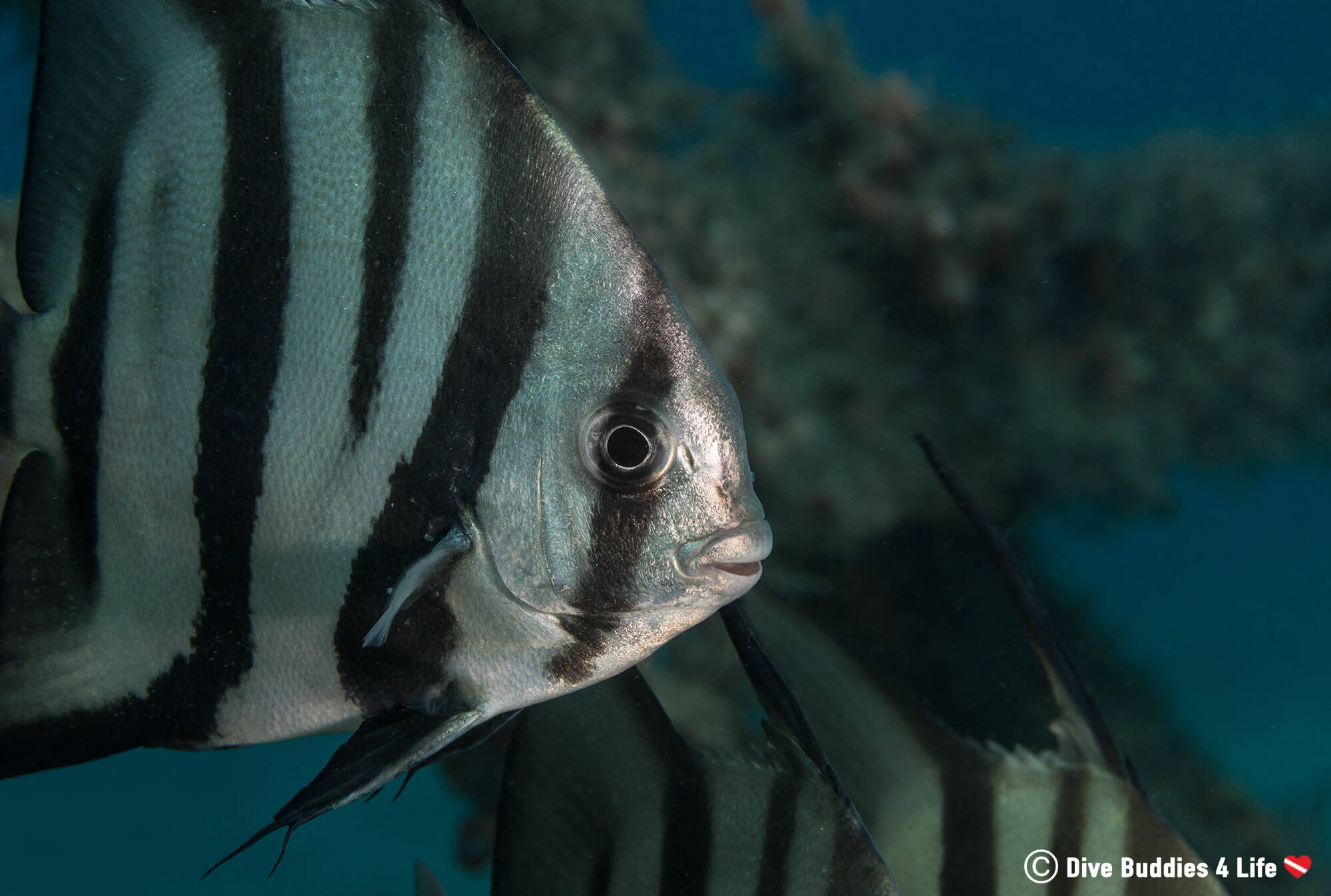
Have you been diving at Blue Heron Bridge before? What is the coolest critter that you have crossed paths with on a dive at this site? Please feel free to share a picture
Writers Note: This post may contain affiliate links. We will make a small commission if you make a purchase through one of these links, at no extra cost to you. See full disclosure and disclaimer policy here.
A big thanks to the crew at Blue Heron Bridge Scuba for giving us a quick in shop orientation on the Blue Heron Bridge Dive site and for being our go-to people for tank fills! We look forward to traveling down to your neck of the woods again.

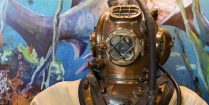
When in the Florida Keys, make sure to take the time to learn all about man’s quest to explore under the sea at the History of Diving Museum.
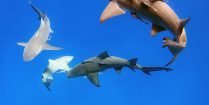
Sitting pretty right next to the gulf stream, Jupiter is known as one of Florida's best shark diving location. Drift along in the current as you enjoy an up-close encounter with the ocean's apex predators.
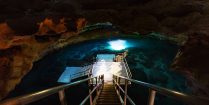
Dark, ancient and mysterious are a few words that can be used to describe the Devil's Den cavern in Florida. Find out what it was like to visit this world-class tourist destination and dive this prehistoric spring system.
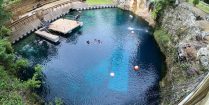
Florida may be known for its ocean coast, but this southern state is also home to some of the best spring and cave systems in the country.
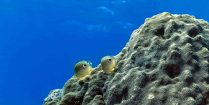
The tropical oasis of Key Largo is a scuba diver's delight. Night dive, reef dives, and wreck dives are all right at your fingertips ready to be explored.
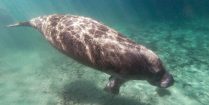
Offering topside beauty and underwater magic, escape to Florida's freshwater springs and snorkel with one of the most majestic marine mammals on the planet.
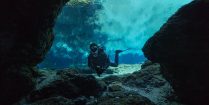
The crystal clear water of Ginnie and Devil’s spring systems is arguably some of the best freshwater diving in all of Florida. As a scuba diver heading to the sunshine state, make sure to put this spot on your travel itinerary!

As one of the sunshine states top shore diving destinations, Blue Heron Bridge offers some of the best diving in Florida. Mud, beaches, wrecks and small critters, no matter where you dive under the bridge, there is so much to see, explore and photograph.
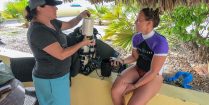
Bonaire TEK is an annual October occurrence, where Buddy Dive Resort partners with leaders in the tech diving industry for a week of technical dive demonstrations, equipment trials, presentations, training ins and outs, and camaraderie.

There are many ways to fight back against pollution and on Bonaire, this takes the form of scuba diving cleanups.
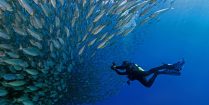
Submerge yourself into Bonaire's underwater world with this scuba bucket list. It will leave you wanting more from the coral capital of the Caribbean.
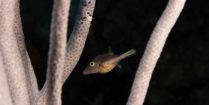
Whether your diving with turtles or admiring coral reefs, get ready to be wowed by the underwater beauty of Bonaire, the shore diving capital of the Caribbean.

Situated in the heart of the Caribbean, Cuba has some beautiful diving opportunities.

Florida is an excellent destination for me. My family and I love to go to beaches when we have birthdays. So we planned to vacation on my birthday and tried snorkeling and scuba diving this time. I am scared, yet I hope I can try to experience it.
Thank you for sharing with us the best time to dive at blue heron! This is highly appreciated!